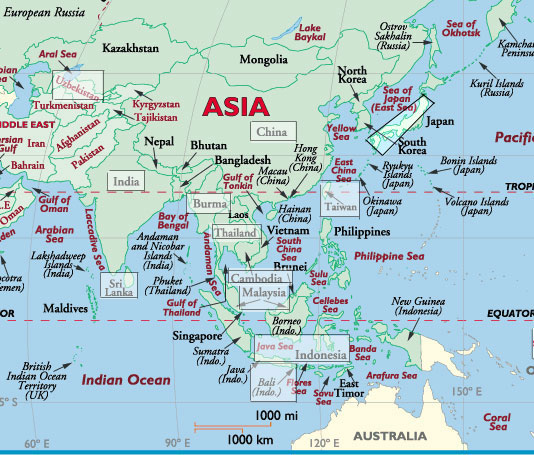(continued...)
Many experts are convinced that puppetry is the oldest form of popular theater in India. In order to support this belief, they point out that the term sutradhara or thread holder was the term for the director or the stage manager in the live, classical Sanskrit theater of ancient India (A.D.100-1000). They reason that this use of terminology derived from the puppet theater is evidence that puppetry preceded the live theater in India.
The history of the Chinese puppet theater is steeped in mystery and uncertainty. One problem is that in the Mandarin Chinese language the same word, kuei lei hsi is used for puppet performances as well as for performances with masks. As a result, it is often difficult to tell whether certain important documents referred to puppets or to masked actors.
Over the course of the last ten centuries, Indonesia has developed extraordinarily elaborate traditions of folk puppetry. The terms, styles, themes, and motifs of Indonesian puppetry appear and reappear in Indonesian culture, painting, drama, music, and dance. It is virtually impossible to appreciate fully any of the traditional arts of Indonesia without prior awareness of the stories, music, movement, and visual puppetry styles: wayang kulit, wayang klitik and wayang golek.
Scholars have noted that the earliest Japanese word for puppet was kugutsu dates from the eighth century A.D. The Chinese word was kuai-luai-tzu, the Gypsy term was kuki or kukli, the Turkish word wa kukla, and the somewhat more recent Greek word was koukla.
From the foreword by Jan Bussell for The Puppet Theatre of Asia by J. Tilakasiri
“What is the full significance of the puppet? What is that so fascinates those rare individuals, the truly creative and intellectual Puppet Masters of the world that they are prepared to devote their whole lives to what they sincerely believe to be a powerful means of expression and a true form of art?
This is a question that Asians may well answer more easily than Europeans. For it seems almost certain that puppetry first appeared in India and spread from there throughout the world. And in the East people have never entirely lost their rather mystical approach to the puppet show, with its half religious, half magical background. ----in the traditional theatres of the East, Gods, Demons and mythological creatures are presented in highly stylized and dramatic forms.
Indeed, a great deal of puppetry in the ancient world has a deeply religious and deeply sincere significance, the performances giving expression to a whole moral philosophy. The performances in Java, to this day, last all night long, presenting legendary tales of the battles of Gods and Princes, with philosophical comments; and before giving such a marathon, the Dalang or manipulator must prepare himself with prayer and fasting.”
Jan Bussell (England), past president of UNIMA (International Union of Puppeteers)
Books on Asian Puppetry
Scholars and others interested in learning more about Asian puppetry are welcome to use the many books from the COPA library as a resource. Many of these books are collector’s items. Some of them have beautiful illustrations. Included in some of the books are photographs from the Alan Cook collection.
Please feel free to make an appointment at COPA to see the collection of over 400 books on puppetry. You will also be able to view some of the puppets from the collection. Although the books may not be taken from the premises, they may be used in the IPM office.
Read all the information from the catalogue for the exhibition, Asian Puppets, Wall of the World, organized by the UCLA Museum of Cultural History, 1976.

